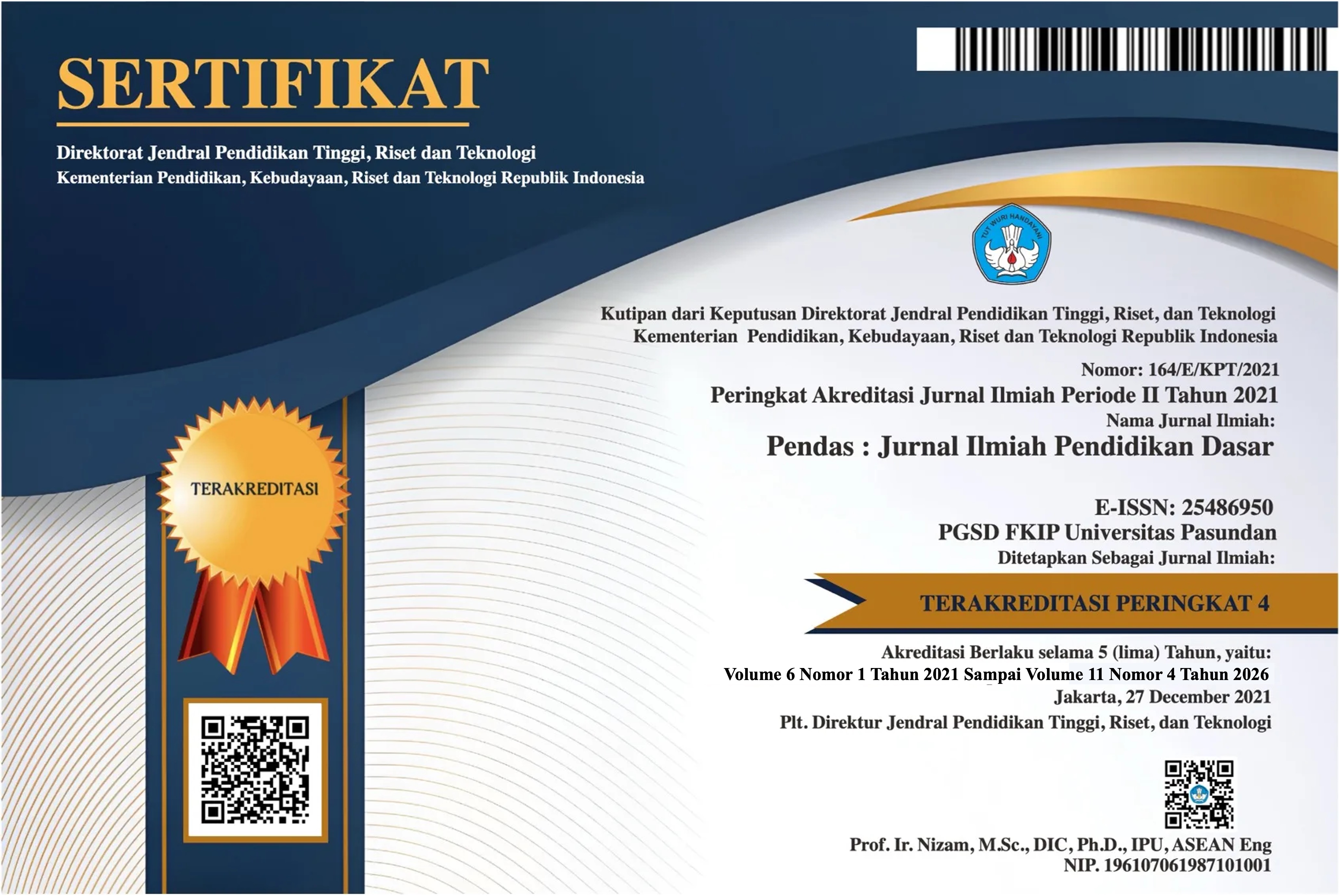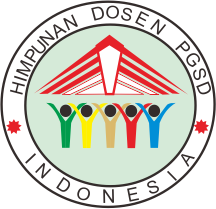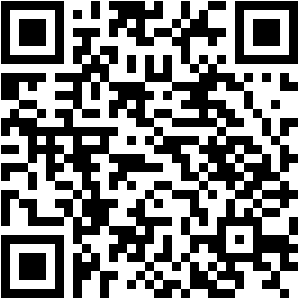EAR LEARNING MODEL : INOVASI PENDIDIKAN RESILIENSI BANJIR BERBASIS ADAPTASI SOSIAL DI SMP PEMBANGUNAN UNP
DOI:
https://doi.org/10.23969/jp.v10i04.34409Keywords:
Flood Resilience, Social Adaptation, EAR Learning ModelAbstract
This study aims to determine the implementation of flood resilience learning using the EAR Learning Model at SMP Pembangunan Laboratorium UNP, analyze the effect of applying this model on improving students' understanding of flood resilience based on social adaptation, and describe the forms of social adaptation to floods in flood-prone areas by students. The research method used was an experiment with a quantitative approach. The sampling technique used purposive sampling, with class VIII.A as the experimental class and class VIII.C as the control class. Data collection was carried out through observation, tests, documentation, and questionnaires. The test instrument consisted of multiple-choice questions that had been tested for validity and reliability, as well as a social adaptation questionnaire. Flood resilience learning with the EAR Learning Model was carried out in one five-hour session through three main syntactic structures: Education, Adaptation, and Resilience. All three syntactic structures were implemented effectively, as indicated by the high level of student participation (average attendance of 95%). The post-test results showed that the average score of the experimental class (86) was higher than that of the control class (74). The independent sample t-test obtained a significance value of 0.001 (< 0.05), so H₀ was rejected and Hₐ was accepted. This shows that the use of the EAR Learning Model has a positive effect on student learning outcomes in flood resilience material based on social adaptation. Based on the social adaptation questionnaire, students have high knowledge and awareness of social adaptation to flood risks in flood-prone environments.
Downloads
References
Bakar, A., Kurniawati, N. D., Berniyanti, T., & Utomo, B. (2018). PENINGKATAN KETAHANAN MASYARAKAT BENJENG TERHADAP DAMPAK BENCANA BANJIR. Jurnal Layanan Masyarakat Universitas Airlangga,2(2), 83-85.
Fitri, N. R., Himawan, A. S., Fadillah, A. S., Dahayu, H. P., & Marwenny, E. (2024). Mengulas Regulasi Terkait Mekanisme Pengelolaan Sampah Melalui Bank Sampah Di Kota Padang. Jurnal Kajian Hukum Dan Kebijakan Publik| E-ISSN: 3031-8882, 2(1), 38-42.
Kusuma, D. A., Ulfa, S. M., Febrianti, A. E., Ismi, R., Nuriah, S., Zainiyah, N., ... & Sumardi, L. (2022). Edukasi Tanggap Bencana Melalui Kegiatan Sosialisasi Guna Mewujudkan Masyarakat Desa Pijot Yang Tangguh. Jurnal Pengabdian Magister Pendidikan IPA, 5(1), 203-207.
Nozomi, I. (2023). Penerapan Data Mining Untuk Peringatan Dini Banjirmenggunakan Metode Klastering K-Means(Studi Kasus Kota Padang). Jurnal Sains Informatika Terapan (JSIT), 39
Puspitasari, D. C., Aini, M. N., & Satriani, R. (2019, November). Penguatan Resiliensi dan Strategi Penghidupan Masyarakat Rawan Bencana. In Talenta Conference Series: Local Wisdom, Social, and Arts (LWSA) (Vol. 2, No. 1, pp. 1-10). https://doi.org/10.32734/lwsa.v2i1.592
Rahmat, H. K., & Budiarto, A. (2021). Mereduksi dampak psikologis korban bencana alam menggunakan metode biblioterapi sebagai sebuah penanganan trauma healing [Reducing the psychological impact of natural disaster victims using bibliotherapy method as a trauma healing handler]. Journal of Contemporary Islamic Counselling, 1(1), 25-38.
Ramadhani, D. I., Damayanti, O., Thaushiyah, O., & Kadafi, A. R. (2022). Penerapan Metode K-Means Untuk Clustering Desa Rawan Bencana Berdasarkan Data Kejadian Terjadinya Bencana Alam. JURIKOM (Jurnal Riset Komputer), 9(3),749-753
Downloads
Published
Issue
Section
License
Copyright (c) 2025 Pendas : Jurnal Ilmiah Pendidikan Dasar

This work is licensed under a Creative Commons Attribution 4.0 International License.


















